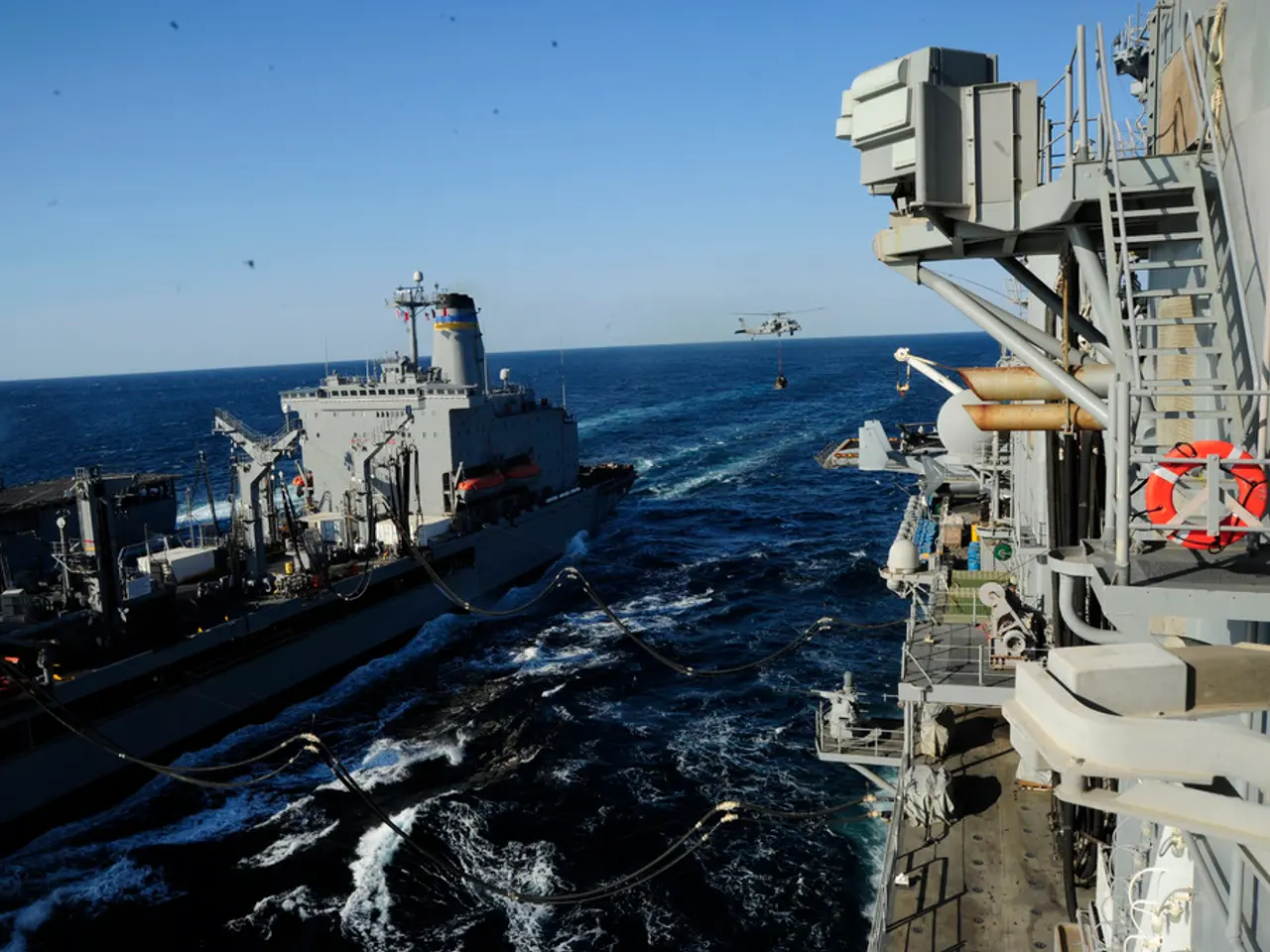Airbus and Le Havre Port agree on the acquisition of an H135 helicopter for marine pilot transportation.
The Le Havre-Fécamp Pilot Station has announced its decision to replace its long-serving AS365 N3 Dauphin helicopter with an Airbus H135, marking a strategic update aimed at improving operational efficiency, safety, and cost-effectiveness in demanding maritime environments.
Background and Significance
Marine pilot stations, such as Le Havre-Fécamp, rely on helicopters to transfer ship pilots onto and off vessels approaching or leaving ports. The precision, reliability, and ability to operate safely in challenging weather and sea conditions are essential for this task.
The AS365 N3 Dauphin, a well-regarded medium twin-engine helicopter known for its performance and versatility, has served the Le Havre-Fécamp Pilot Station for over a decade. However, the time has come for an upgrade.
Reasons for Replacement
The H135 offers several advantages over the Dauphin. Its modern, economical design provides lower operating and maintenance costs, making it a more cost-effective choice. Upgrading to a newer helicopter model also enhances reliability via the latest technology, avionics, and engine performance improvements.
Moreover, the H135's size, agility, and equipment are well-suited to the specific demands of pilot transfers. Its compact size allows easier ship deck operations and access to constrained landing areas.
Features of the H135 Suitable for Marine Pilot Transfers
- Twin-Engine Reliability: Powered by two Turbomeca/PW207B2 engines (depending on variant), the H135 provides redundancy and enhanced safety during transfers at sea.
- Compact Size and Agility: The H135's smaller footprint compared to the Dauphin allows easier ship deck operations and access to constrained landing areas.
- Advanced Avionics: The H135 includes a state-of-the-art glass cockpit and optional features such as autopilot, synthetic vision, and advanced navigation aids, all improving safety in challenging maritime weather.
- Excellent Visibility: The cabin design offers large windows for enhanced outside visibility, crucial for pilot transfers that require precise maneuvering and approach.
- High Maneuverability and Hover Stability: Critical for safe pilot ladders operations where the helicopter must hover near ships in potentially rough seas.
- Noise and Vibration Reduction: Quieter operation benefits pilots and crews, and reduces fatigue during frequent short flights.
- Adaptability: Configurable interiors can accommodate pilot transfer requirements and equipment quickly and efficiently.
The H135's Unique Offerings
The H135's appeal lies in Airbus Helicopters' Helionix avionics suite, which reduces pilot workload and increases safety during hoist operations. The cockpit features three large electronic displays, a First Limit Indicator consolidating engine instrument data for the pilot, and is night vision goggle compatible.
The H135's Emergency Floatation System, Life Raft System, HEEL, and a powerful hoist are all certified for use in Sea State 6 conditions. Furthermore, the cockpit layout enhances situational awareness, making it an ideal choice for marine pilot transfers.
Synergies with Other Ports
Le Havre's decision to sign for an H135 will also allow synergies with the ports of Dunkirk and Gironde, which also operate helicopters of the same type. This shared platform will streamline operations, training, and maintenance across the ports.
Conclusion
The transition at Le Havre-Fécamp to the H135 underlines a broader trend in maritime aviation toward more specialized, efficient, and technologically advanced helicopters for pilot transfer duties. The H135’s balance of reliability, advanced systems, and operational suitability makes it a modern workhorse for marine pilot stations focused on safety, efficiency, and cost management.
Pavel Pereira, President of the Le Havre-Fécamp Pilot Station, celebrated the purchase of the H135 as a continuation of their long-standing partnership with Airbus Helicopters. With over 1,400 H135 helicopters currently in service with over 320 operators in 66 countries, the global H135 fleet has accumulated over 6.7 million flight hours. The H135 has been proven effective for marine pilot transfer missions, with customers worldwide.
- The decision of Le Havre-Fécamp Pilot Station to upgrade its helicopter to the Airbus H135 indicates a shift towards advanced technology in the aerospace industry, moving from the Dauphin to a helicopter known for its modern design and lower operating costs, which also reduces finance-related expenses.
- By adopting the H135, marine pilot stations, such as Le Havre-Fécamp, will not only improve their operational efficiency and safety in challenging maritime conditions but also establish synergies with other ports operating the same type, fostering industry collaboration and cost optimization in the sector of finance and technology-driven aerospace operations.








